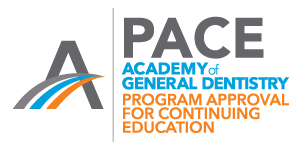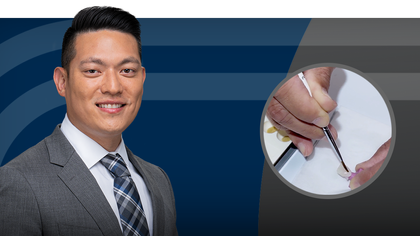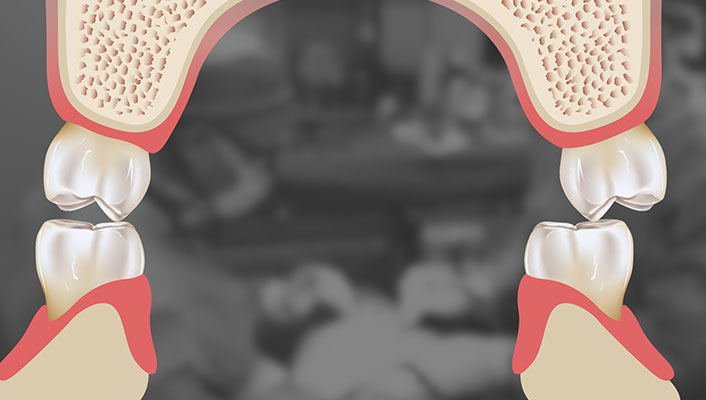- Treatment planning factors
- The support system of specific overdenture types
- Occlusion principles for removable implant prostheses
- Occlusal recommendations based on the opposing arch
- The rationale for bilateral balanced occlusion
- Benefits of medial-positioned lingualized occlusion
Principles of Implant Occlusion: Part 4 – Recommendations for Removable Implant Prostheses
Course Objectives
1 CE Credit
Ideal occlusion is of paramount importance for the long-term success of removable implant prostheses. Most existing occlusal guidelines for removable implant prostheses are derived from principles established for conventional removable prostheses, rather than based on the type and support system of the specific implant overdenture. Dr. Resnik discusses the various factors related to treatment planning for removable implant prostheses, including recommendations for an ideal occlusal scheme with respect to the type of overdenture. Topics include:
Summary
Adherence to the principles differentiating an RP-4 vs. RP-5 implant prosthesis should be followed for optimal long-term function of the removable implant prosthesis. Because patients with removable implant prostheses have been shown to have difficulties in recognizing occlusal prematurities, the occlusal contacts should be strictly monitored and evaluated on a consistent basis to maintain stability and decrease any occlusal disharmony. The proper occlusal scheme, as well as the ultimate success of the implants and the prosthesis, is based on careful treatment planning and the consideration of various factors and principles, which will allow for longevity of the restoration and harmony with the surrounding tissues.
CAUTION: When viewing the techniques, procedures, theories and materials presented, you must make your own decisions about specific treatment for patients and exercise professional judgment regarding the need for further clinical testing or education and your own clinical expertise before trying to implement new procedures.
Recognition & Approval

Glidewell Education Center
Nationally Approved PACE Provider for FAGD/MAGD credit
Approval does not imply acceptance by any regulatory authority, or AGD endorsement. 3/1/2024 to 2/29/2028.
Provider ID# 216789
References
- Goodacre CJ, Bernal G, Rungcharassaeng K, Kan JY. Clinical complications with implants and implant prostheses. J Prosthet Dent. 2003 Aug;90(2):121-32.
- Jacobs R, van Steenberghe D. Comparison between implant-supported prostheses and teeth regarding passive threshold level. Int J Oral Maxillofac Implants. 1993;8(5):549-54.
- Laurell L, Lundgren D. Interfering occlusal contacts and distribution of chewing and biting forces in dentitions with fixed cantilever prostheses. J Prosthet Dent. 1987 Nov;58(5):626-32.
- Lundgren D, Laurell L, Falk H, Bergendal T. Occlusal force pattern during mastication in dentitions with mandibular fixed partial dentures supported on osseointegrated implants. J Prosthet Dent. 1987 Aug;58(2):197-203.
- Payne SH. A comparative study of posterior occlusion. J Prosthet Dent. 1952 Sept;2(5):661-6.
- Pound E. Utilizing speech to simplify a personalized denture service. J Prosthet Dent. 1970 Dec;24(6):586-600.
- Misch CE. Dental implant prosthetics. 2nd ed. St. Louis: Mosby; 2014.
- Khamis MM, Zaki HS, Rudy TE. A comparison of the effect of different occlusal forms in mandibular implant overdentures. J Prosthet Dent. 1998 Apr;79(4):422-9.
-
 Online CE CourseNext-Level Chairside Esthetics: Customizing Restorations with Stain, Glaze, and Finishing TechniquesIn this course, Dr. Justin Chi demonstrates how to elevate chairside restorations using advanced staining, glazing, and finishing techniques for monolithic restorations.
Online CE CourseNext-Level Chairside Esthetics: Customizing Restorations with Stain, Glaze, and Finishing TechniquesIn this course, Dr. Justin Chi demonstrates how to elevate chairside restorations using advanced staining, glazing, and finishing techniques for monolithic restorations. -
 Online CE CourseEsthetic Veneer Preparations: From No Prep to Full PrepIn this course, Dr. Danielle Brown provides a practical overview of veneer preparation techniques from no-prep, minimal-prep and traditional-prep veneers with step-by-step protocols.
Online CE CourseEsthetic Veneer Preparations: From No Prep to Full PrepIn this course, Dr. Danielle Brown provides a practical overview of veneer preparation techniques from no-prep, minimal-prep and traditional-prep veneers with step-by-step protocols. -
 Online CE CourseBonding and Temporizing Protocols: Tips for VeneersIn this course Dr. Danielle Brown offers practical guidance on veneer temporization and bonding techniques to improve patient comfort and clinical outcomes.
Online CE CourseBonding and Temporizing Protocols: Tips for VeneersIn this course Dr. Danielle Brown offers practical guidance on veneer temporization and bonding techniques to improve patient comfort and clinical outcomes.




